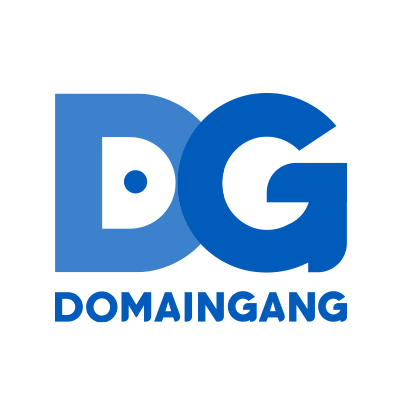YOUR AD HERE
In 2015, three entrepreneurs—Vinay Hiremath, Shahed Khan, and Joe Thomas—set out to build something great. They just weren’t sure what that “something” was yet.
Their first attempt? Opentest, a platform designed to connect companies with experts for product feedback. It had potential, but something felt off. Their core feature—a way to record and share quick videos—was the thing users loved most. They weren’t running a feedback marketplace. They were sitting on a new way to communicate.

So they pivoted.
In 2017, they ditched Opentest and rebranded to Loom, a name they believed captured the essence of their product: weaving conversations through video. A name simple enough to become a verb—“send me a Loom.” A name they thought was original.
Turns out, they were wrong.
The Problem With a Name
Like every scrappy startup, they took the cheapest domain they could get their hands on: useLoom.com—which cost them $10 bucks. They secured @useloom on social media and got to work.

Loom took off. By the time they raised their Series A, their brand had solidified. But with growth came copycats. An early investor gave them a piece of advice: trademark the name. Protect it. They were no longer a side project—they were Loom.
Trademark in hand, they knew they had to step up their game. And that meant securing Loom.com.
The Chase for Loom.com
They discovered loom.com was owned by a public SaaS company. Years prior, that company had acquired a business named Loom and then… shut it down. The domain sat unused, collecting digital dust.
Shahed Khan, one of Loom’s co-founders, went on a mission to track down the owner. He found his way to the CEO, who forwarded him to the company’s IP manager. Back-and-forth emails stretched for weeks.

Loom made their first offer: $50,000.
The company hesitated but agreed to sell for $75,000. It felt like a steal since third-parties would likely appraise the domain at more than $400,000. Shahed was ready to sign the papers.
Then…silence.
Weeks passed. Emails went unanswered. Something was wrong.
And then it hit them: competition had entered the chat.
The Unexpected Bidding War
A separate startup—pre-product, with barely any funding—also wanted loom.com. Unlike Loom, they had already secured approval from their VC to drop up to $500,000 on the domain.
Loom couldn’t win a price war.
So, they pivoted. Again.

Shahed realized the other startup’s biggest fear wasn’t money—it was time. Rebranding is painful. New logos, new domain, new design work. It’s a startup’s worst nightmare.
So Loom made an offer: $75,000 in cash for the startup to walk away.
To their complete surprise…the other company took the deal.
They backed out of the negotiations, and Loom secured loom.com for the original $75,000—$150,000 total for a domain worth half a million.
The deal was done. Loom had its name.
From Product Hunt to a Billion-Dollar Exit
With the name locked in, Loom’s real growth began. Their 2016 Product Hunt launch brought in 2,500 users in a day. By 2022, they had 14 million users and were valued at $1.5 billion. They’d built a product that embedded itself into the fabric of modern work.
Then, in October 2023, the ultimate payday arrived: Atlassian announced it was acquiring Loom for $975 million.

The name they fought for. The domain they played chess to win. The product they pivoted into existence. It all paid off.
The Lesson?
Loom’s story isn’t just about building the right product. It’s about owning your identity—and being willing to fight for it. Sometimes, that means pivoting. Sometimes, that means writing a check so someone else pivots instead.
And sometimes? It means betting on your name before the world knows it matters.
For Loom, that bet turned into a billion-dollar payday.


Andrew Richard
Digital marketer specializing in premium domain acquisition.
 2 days ago
3
2 days ago
3







 English (US) ·
English (US) ·